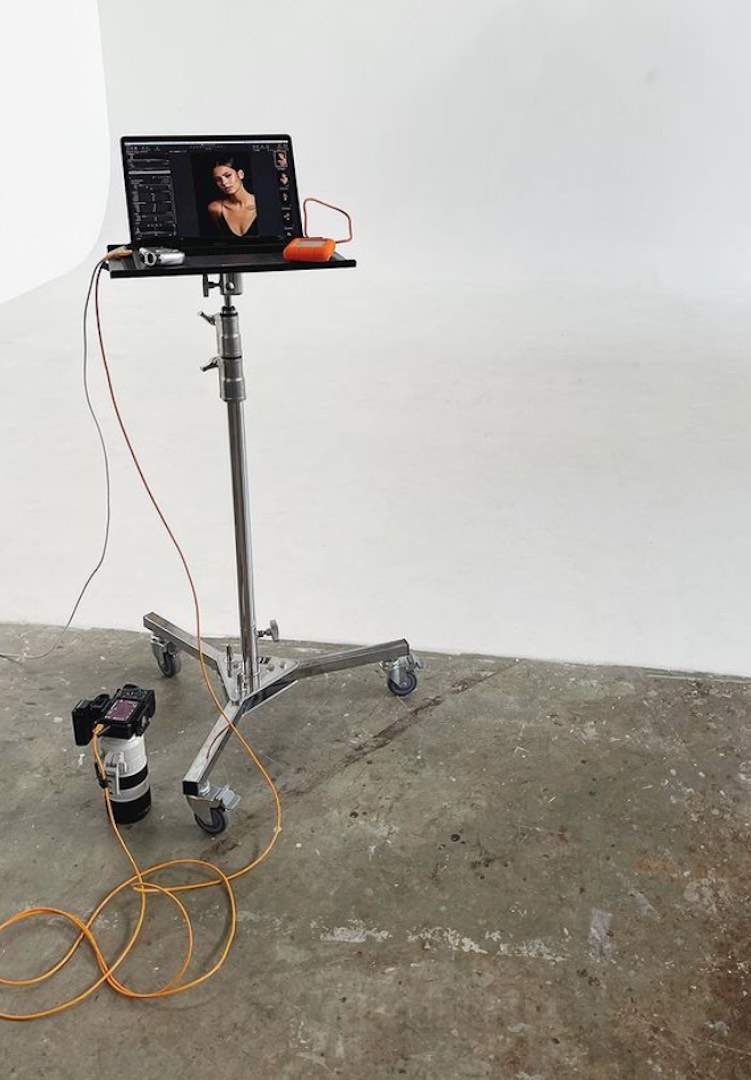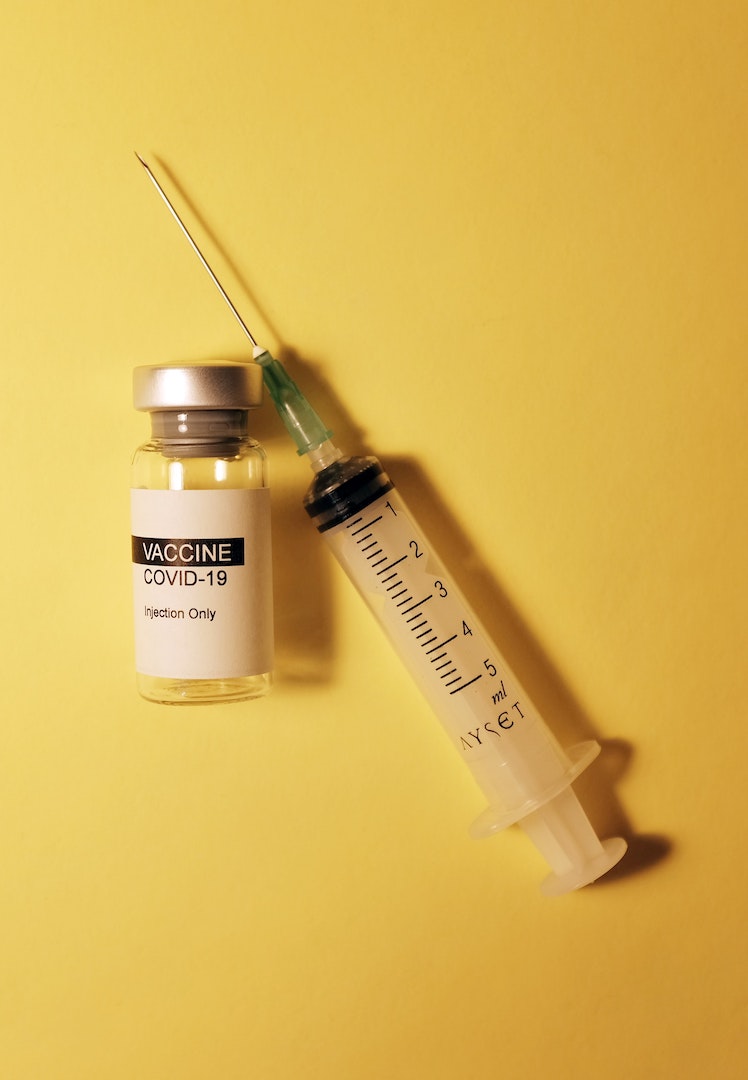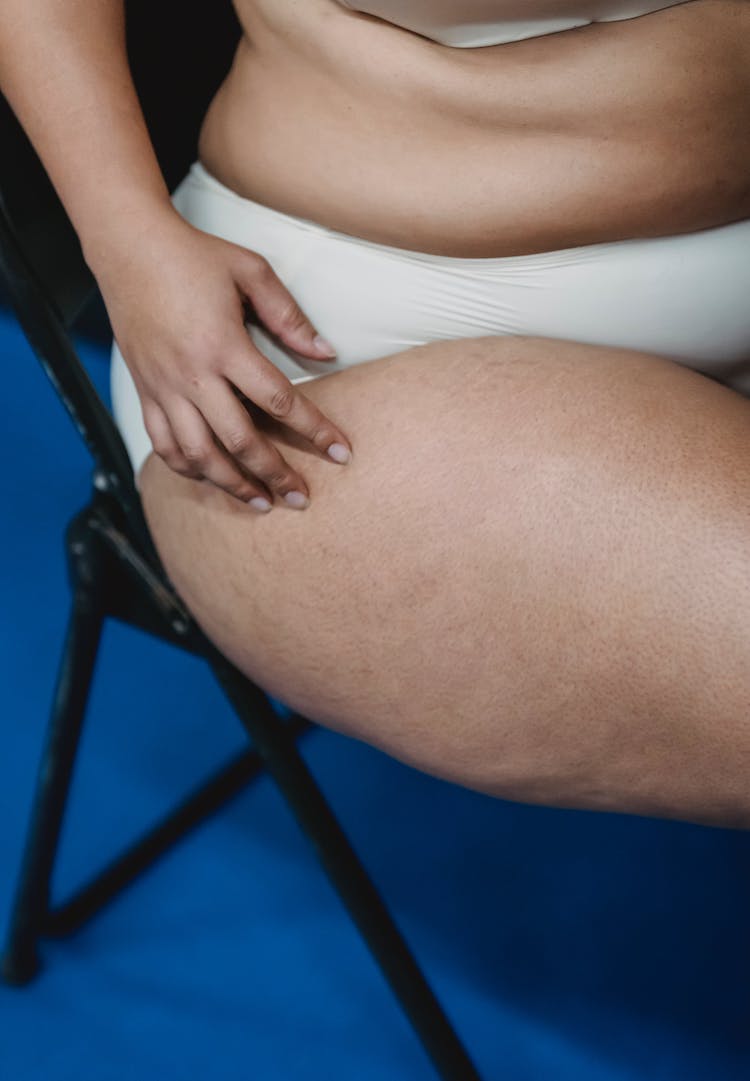What is adenomyosis and is it why you have heavy periods?
IMAGE VIA @PARFEMME/INSTAGRAM
WORD BY JASMINE SHEPARD
Are your extremely painful cramps more than a heavy period?
Triple lining with a tampon, pad and period undies, just to be sure. Crippled over, perched in a fetal position on the bathroom floor, bracing myself for the next wave of pain. Bleeding through yet another aeroplane-strip-landing wide overnight pad (thanks Tom Organic). Just like many women, I have experienced my fair share of nasty periods.
So how are women supposed to know whether their period is just that (a heavy-flow with strong cramps) or something more sinister?
For more on women’s health, head to our Life vertical.
Adenomyosis, the lesser-known relative of endometriosis, is a disease affecting one in five Australian women. Essentially, the disease occurs when channels in the outer, muscular layer of the uterus break open, and the inner layer of the uterus, the glandular tissue (where the baby goes) burrows back into the muscle.
So why are we not talking about it? The problem is symptoms of adenomyosis, including pain and heavy bleeding, mirror symptoms of a bad period. Therefore, it can be difficult, almost impossible, to recognise the symptoms of adenomyosis and have the disease diagnosed, even for a specialist gynaecologist.
To better understand why adenomyosis has remained so elusive, why a diagnosis is so difficult to make and what options for treatment are available, special gynaecologist and Head of Unit at Mercy Hospital for Women in endo-surgical procedures, Associate Professor Emma Readman, agreed to answer my burning questions.
The difficulty surrounding diagnosis
Professor Readman has been aiding women in their treatment of adenomyosis, and endometriosis, for many years. She tells me the lack of awareness around adenomyosis, opposed to other related diseases, stems from the near impossibility of providing a diagnosis, as the disease hides in between the inside and outside of the uterus, and cannot easily be detected by ultrasound or MRI.
“[Adenomyosis] is hard to diagnose. If you can imagine, if you look at the outside of the uterus, you might not see it, and if you look on the inside of the uterus, you might not see it either, because it lies in between the outside and the inside [of the uterus].
“With something like endometriosis, it is much easier to diagnose because it is actually in the pelvis. You can see it and you can cut it out.”
Often, a diagnosis of adenomyosis is not made until the uterus is removed, through a hysterectomy. This is part of the reason Professor Readman believes adenomyosis has remained “a bit elusive” in relation to younger, female sufferers.
“So, if you come in with pelvic pain, you might not have a diagnosis made. And then later on in your life, you might then have it made,” she explains.
Adenomyosis is more prevalent in older women who have had children. However, Professor Readman believes this is connected to the reliance on “scans and proceeding to a hysterectomy” to make a formal diagnosis, as not many young women undergo hysterectomies.
“We don’t actually have the statistics for younger people. Not really. This is because the diagnosis is so difficult to make… we just don’t have a good estimate of the prevalence.”
Recognising symptoms
So, how do you know if your severe period pains indicate something more? Identifying symptoms of adenomyosis is a complex process even for specialists in the area.
The issue with the symptoms of diseases like adenomyosis is that “pain does not collate very well with disease,” explains Professor Readman.
“Some people with adenomyosis will be absolutely asymptomatic, and you will find [the disease] when you are doing a hysterectomy for something else.
“You might not have any symptoms at all, and have quite bad adenomyosis, or you might have quite a lot of symptoms and have quite mild adenomyosis. That is why it is quite difficult for the average person on the street who is having periods to work whether they have got adenomyosis, and similarly for a doctor [to work it out].”
If you’re feeling slightly confused about when to seek a second opinion regarding pain and heavy bleeding, Professor Readman recommends seeking advice from a gynaecologist when, “despite being on some hormones, and skipping your period, you still have pain or heavy bleeding”.
Aiding adenomyosis
Despite the evasive and mysterious nature of adenomyosis, a diagnosis of adenomyosis is the first positive step towards finding relief. Not all hope is lost.
“Often sufferers of adenomyosis are really well managed by suppressing periods with hormones, through the pill or something like the Implanon or the Merina,” Professor Readman tells me.
Heavy bleeding can be treated separately, which often aids in pain management. “Heavy bleeding can be treated with things that make bleeding lighter, so anti-inflammatories or tranexamic acid.
“Or you can even put people into a sort of menopausal state, to shrink it right down. Often women will do that, and then afterwards take the pill, to keep the adenomyosis suppressed,” adds Professor Readman.
So, next time you or your loved one is suffering unusually acute period pain and heavy bleeding despite regularly taking some form of hormone, suggest seeking specialist advice.
Continue the conversation around adenomyosis. There is no need to suffer in silence anymore.
For more information about adenomyosis, head here.










